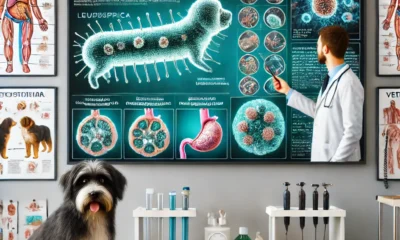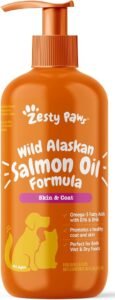Large Breeds
Labrador Retriever: Guide to the Beloved Breed

Labrador Retriever: Loyal, loving, and endlessly energetic—the Labrador Retriever has captured the hearts of millions worldwide. Whether you’re looking for a family companion, a service dog, or a four-legged athlete, Labrador Retrievers are an exceptional choice. But what makes this breed so universally adored? Let’s take a closer look at everything you need to know about the Labrador Retriever.
For more information regarding 4 seasonal cxcercieses of all dog breeds recommended by the doctors and experts,you can visit our youtube channel:
https://www.youtube.com/@Dogsreaders

A Little History About Labrador Retrievers
Despite their name, Labrador Retrievers originated not from Labrador, but from Newfoundland, Canada. They were bred as fisherman’s helpers, tasked with retrieving fishing nets and even catching escaped fish.
Their intelligence and trainability soon caught the attention of English nobles, and by the 19th century, the breed was refined in Britain to become the Labrador Retriever we know today. Their name “retriever” perfectly reflects their natural instinct to fetch and bring back objects, a quality that remains a hallmark of the breed to this day.

Physical Characteristics
Labradors are medium to large-sized dogs, renowned for their athletic build and friendly appearance. Here are some key features:
- Size: Males typically weigh between 65-80 pounds, while females are slightly smaller at 55-70 pounds.
- Coat: Their short, dense double coat is water-resistant, making them ideal for water activities. Labrador Retrievers come in three primary colors—black, yellow (ranging from light cream to fox red), and chocolate brown.
- Eyes: Labs have kind, expressive eyes, usually brown or hazel, that reflect their warm and affectionate personality.
- Tail: Their “otter tail” is thick and sturdy, aiding in swimming and expressing excitement.

Why Labrador Retrievers Are Loved Worldwide
Labrador Retrievers rank consistently as one of the most popular dog breeds globally, and it’s easy to see why:
1. Family-Friendly Personality
Labradors are known for their gentle, patient, and good-natured temperament, especially with children. They almost seem to have an innate sense of care and are incredibly tolerant, making them perfect for families.
2. Intelligence and Trainability
Ranked among the smartest dog breeds, Labradors excel in obedience and training. This intelligence, combined with their eagerness to please, explains why they’re often employed as guide dogs, search-and-rescue dogs, and therapy animals.
3. Energetic and Active
If you enjoy outdoor activities, the Labrador Retriever is your ideal companion. They love swimming, hiking, running, and, of course, playing fetch. Their high energy levels mean they thrive in active households.

4. Unconditional Affection
Labradors thrive on human companionship. Their loving and loyal nature ensures a strong bond with their owners. They’ll be just as happy cuddling on the couch as they chase a ball in the yard.
5. Versatility
From service dogs to hunting companions, Labradors adapt to various roles. They’re incredibly versatile, excelling in roles that require intelligence, stamina, and temperament.
Exercise and Care Requirements
Before bringing a Labrador Retriever into your home, it’s important to understand their needs:
Exercise Needs
Labradors are high-energy dogs that require at least an hour of exercise daily. Regular activities like walks, play sessions, and swimming are essential to keep them physically and mentally stimulated. Without enough exercise, Labs can develop behavioral issues or become overweight.

Grooming
Though they have a short coat, Labradors shed—a lot! Regular brushing will help manage shedding, especially during their twice-yearly “shedding seasons.” Their water-resistant coat rarely needs baths unless they get particularly dirty.
Diet
Labradors love food, sometimes a little too much. Carefully portion-controlled meals and high-quality dog food are a must to avoid weight gain or obesity. Treats are fine, but should be limited.
Health Checks
While Labradors are generally healthy, they are prone to some breed-specific health issues, including:
- Hip and Elbow Dysplasia: Joint issues are common in labs, particularly as they age.
- Obesity: Labs have a hearty appetite, so weight management is crucial.
- Ear Infections: Their floppy ears can trap moisture, especially if they frequently swim. Regular cleaning can help prevent this.

Common Diseases in Labrador Retrievers and Their Solutions
Although Labrador Retrievers are generally a healthy breed, they can be predisposed to certain diseases. Early recognition of potential health concerns and proper care can help ensure a long, quality life.
1. Hip and Elbow Dysplasia
Description
Hip and elbow dysplasia are hereditary conditions where the joints develop abnormally, leading to arthritis and pain over time. This is especially common in large breeds like Labradors.
Solutions
- Maintain a healthy weight to reduce stress on the joints.
- Provide regular but low-impact exercise like swimming.
- Consider supplements like glucosamine and chondroitin to support joint health.
- Consult a veterinarian for advanced treatments, such as pain management medication or surgical options in severe cases.

Learn more about hip and elbow dysplasia from the AVMA
2. Obesity
Description
Labradors are known for their love of food, which can lead to overeating and excessive weight gain. Obesity increases the risk of other health issues, such as diabetes, joint problems, and heart disease.
Solutions
- Feed a portion-controlled diet with high-quality nutrients.
- Avoid overindulging with treats; reserve them for training purposes only.
- Ensure your Lab gets sufficient daily exercise to burn calories and stay fit.
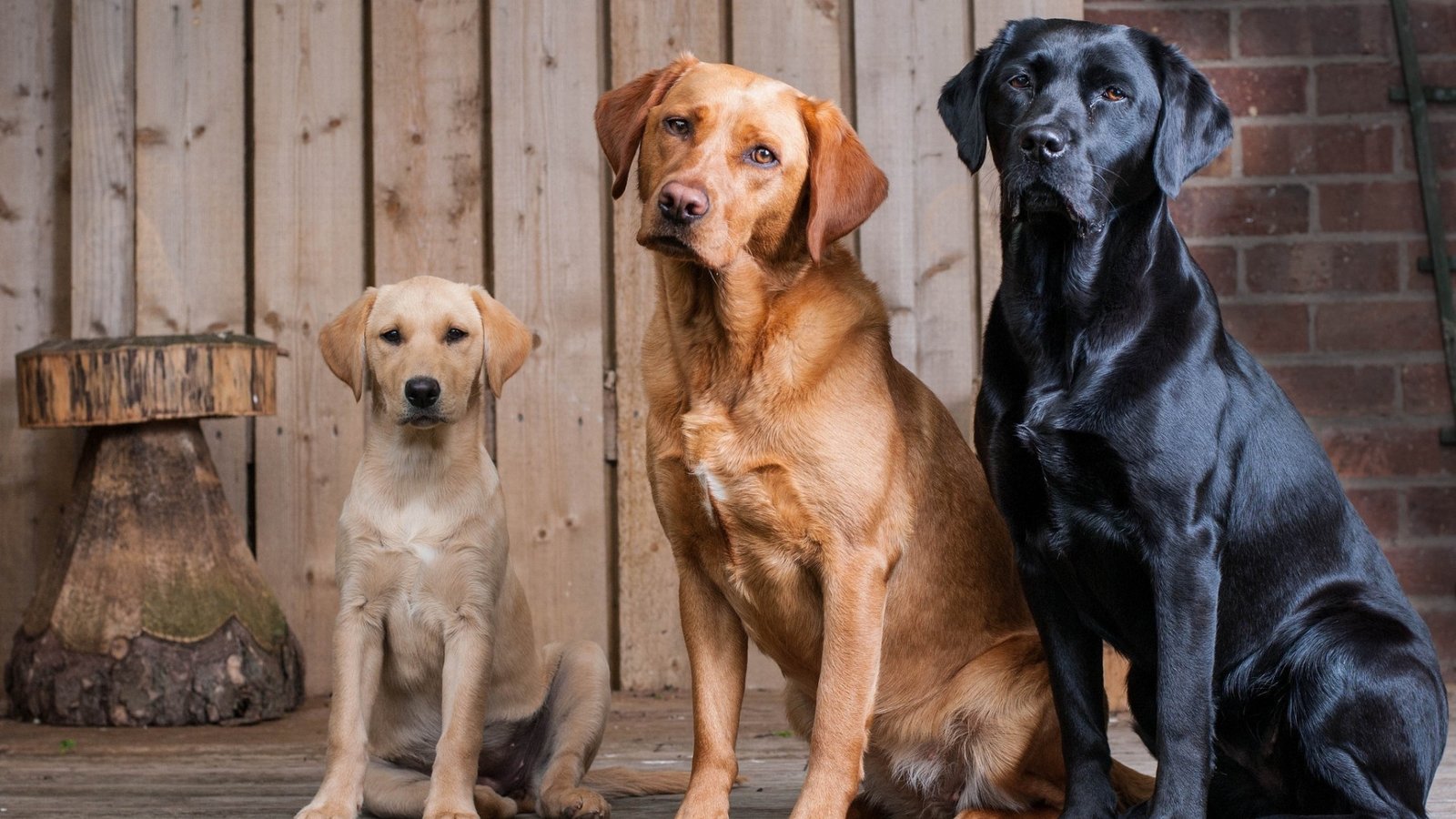
Discover weight management tips for dogs at VCA Animal Hospitals
3. Ear Infections
Description
Their floppy ears tend to retain moisture, especially after swimming, creating a perfect environment for bacteria and yeast to grow.
Solutions
- Clean their ears weekly with a vet-approved ear cleaner.
- Make sure to dry their ears thoroughly after swimming or bathing.
- If you notice redness, odor, or excessive scratching, consult a veterinarian immediately.
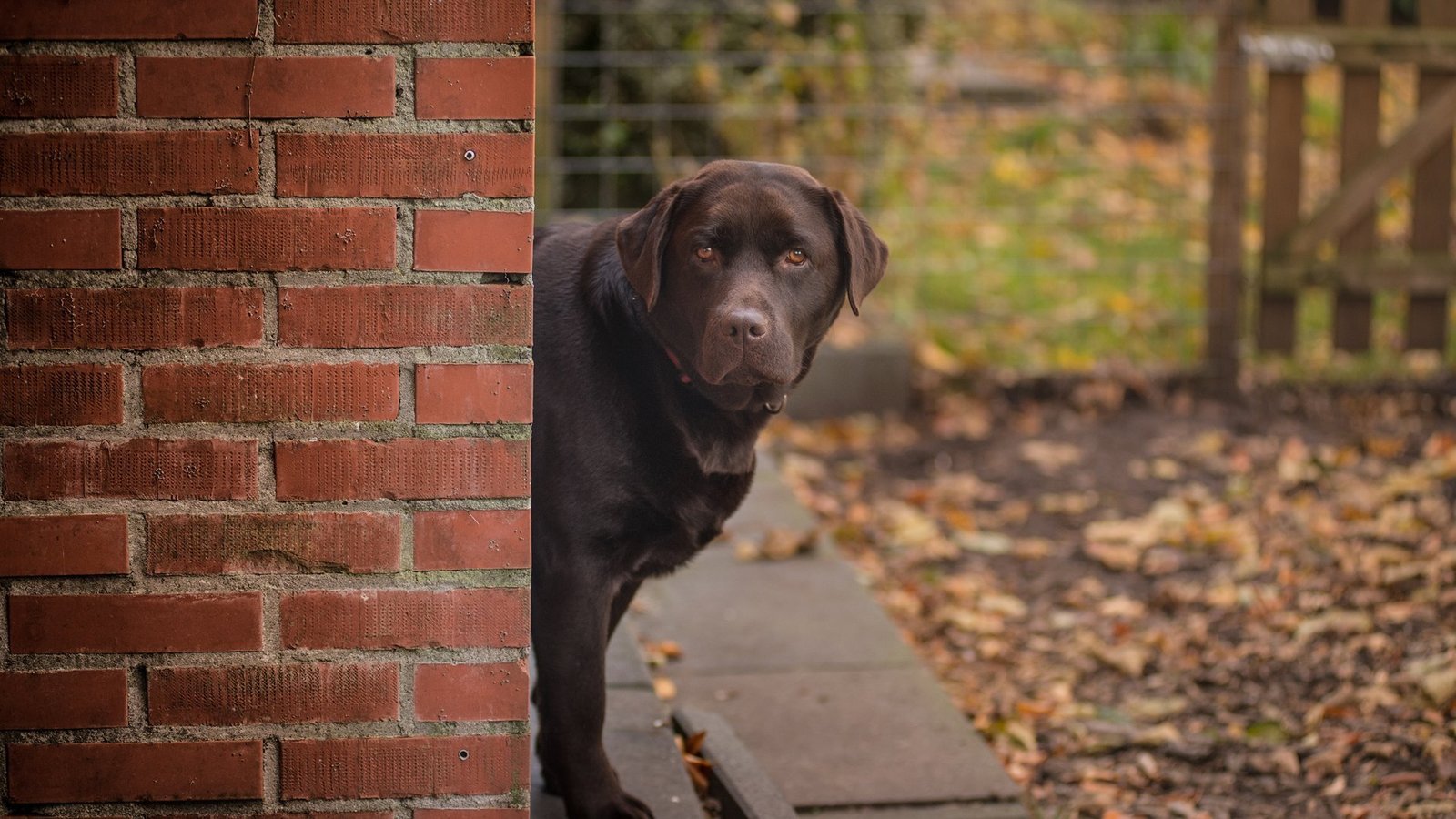
Detailed ear care advice from PetMD
4. Progressive Retinal Atrophy (PRA)
Description
PRA is a genetic condition that causes gradual vision loss in dogs, eventually leading to blindness.
Solutions
- While there is no cure for PRA, regular eye exams can help identify it early.
- Manage your dog’s environment with consistent layouts to reduce stress if vision loss occurs.
- Consider using antioxidants and supplements recommended by your vet to support eye health.
Comprehensive guide on canine PRA from the American College of Veterinary Ophthalmologists
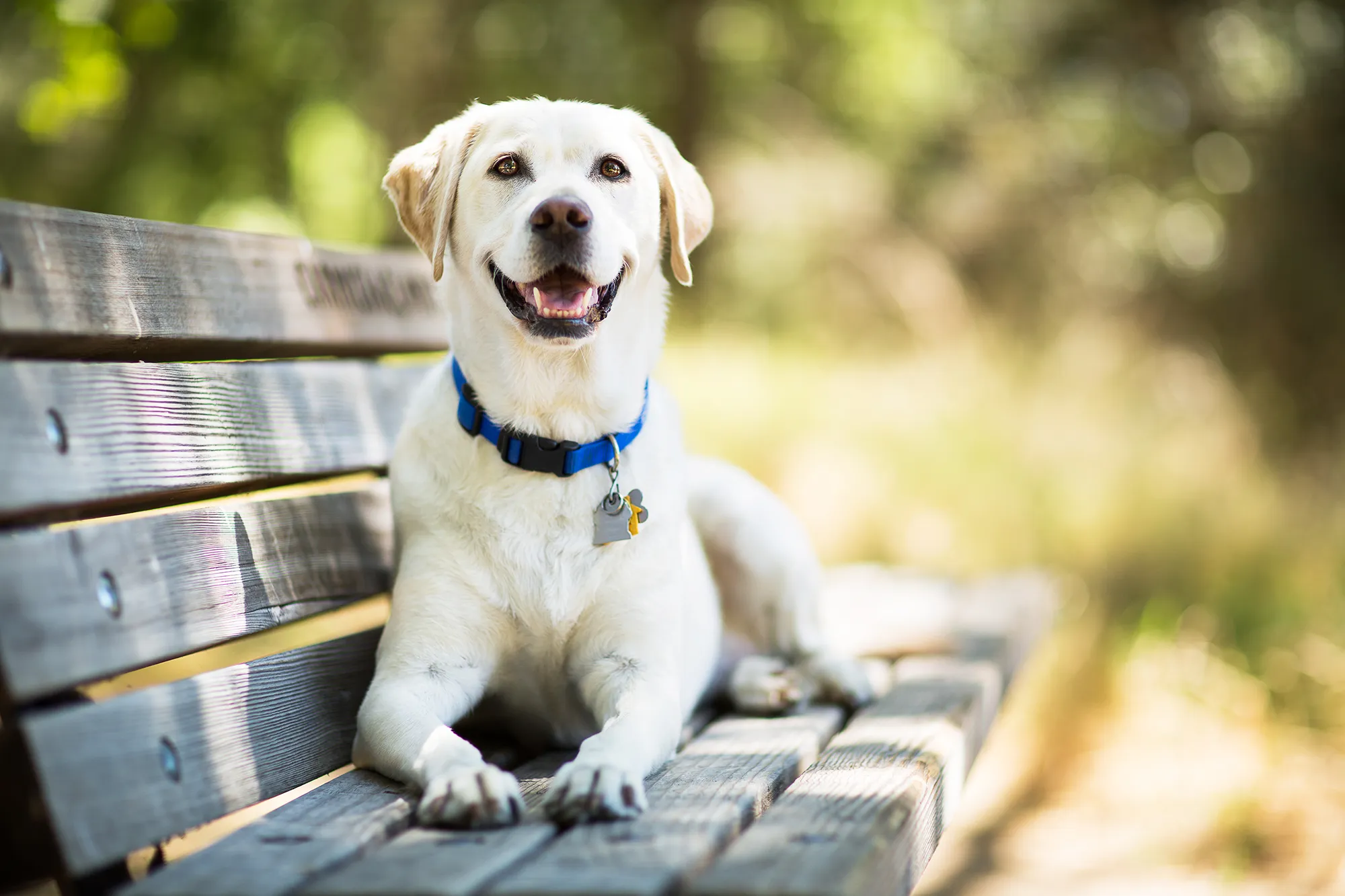
5. Gastric Dilatation-Volvulus (Bloat)
Description
Bloat is a life-threatening condition where the stomach fills with gas and twists, cutting off blood flow. It requires immediate medical attention.
Solutions
- Feed smaller, more frequent meals instead of one large meal.
- Avoid vigorous exercise immediately after meals.
- Recognize the signs, such as restlessness, swollen abdomen, or attempts to vomit, and act quickly by getting to a vet.
Read about bloat prevention from AKC
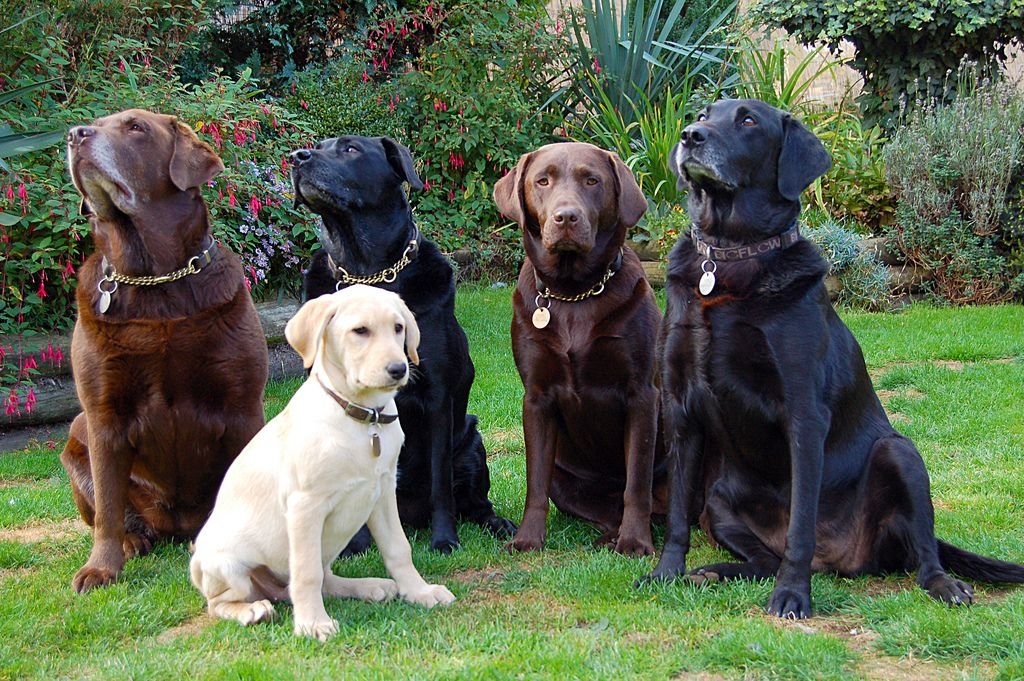
6. Exercise-Induced Collapse (EIC)
Description
EIC is a genetic condition found in Labradors that causes muscle weakness or collapse following intense exercise.
Solutions
- Limit extreme or high-intensity activities to prevent symptoms.
- Genetic testing can identify if your lab is at risk.
- Work with a vet to establish a safe exercise routine.
More information about EIC from Collegiate Veterinary Medicine

By monitoring your Labrador Retriever for the signs and symptoms of these conditions, consulting veterinarians regularly, and following the recommended solutions, you can help your beloved companion live a happy and healthy life. Always contact your veterinarian with any concerns or for professional guidance tailored to your dog’s specific needs.
Is a Labrador Retriever Right for You?
Labradors are ideal for individuals or families who lead active lifestyles and want a loving, affectionate companion. However, if you’re gone for long hours daily or unable to meet their exercise needs, a Labrador may not be the best fit. They need attention, activity, and love to truly thrive.
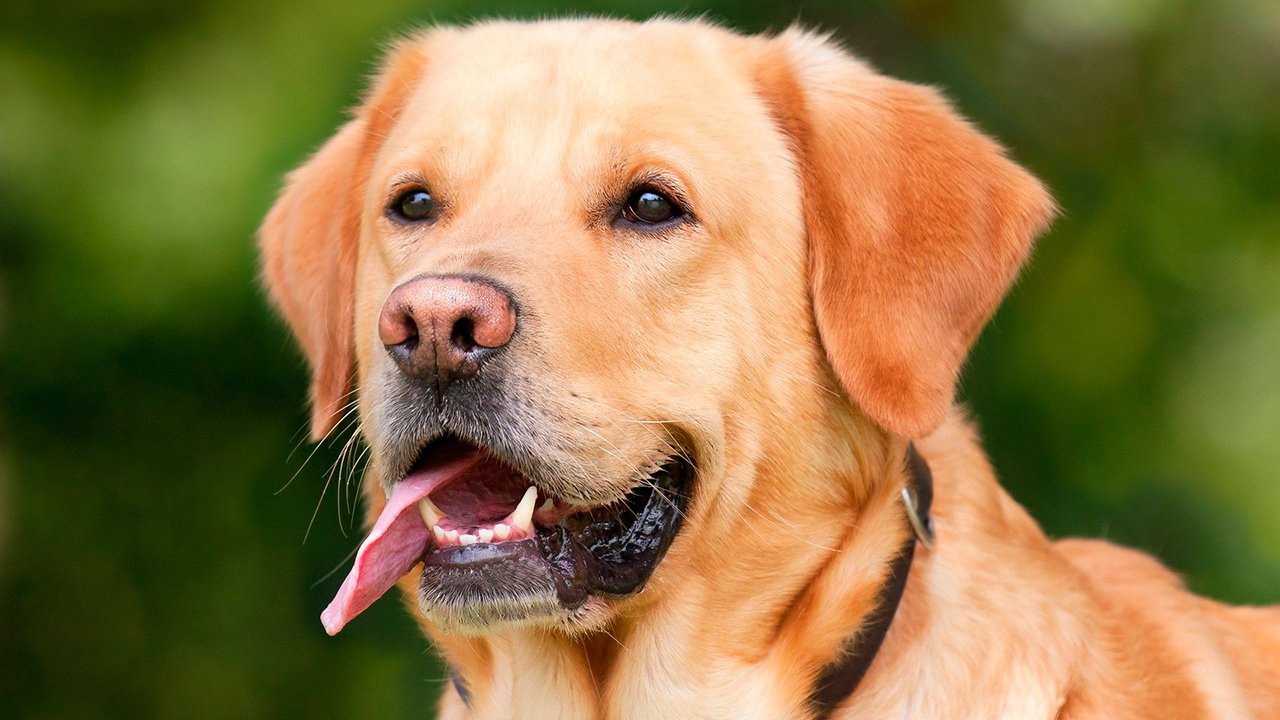
The Commitment Worth Making
Raising a Labrador Retriever requires time, patience, and effort, but in return, you’ll gain one of the most joyful, loyal, and loving companions you could ask for.
Final Thoughts
Whether it’s their unwavering loyalty, playful personality, or boundless enthusiasm, the Labrador Retriever remains a timeless favorite for dog lovers worldwide. If you’re lucky enough to welcome one into your home, you’ll quickly discover that a Lab is much more than a pet—they’re a true family member.
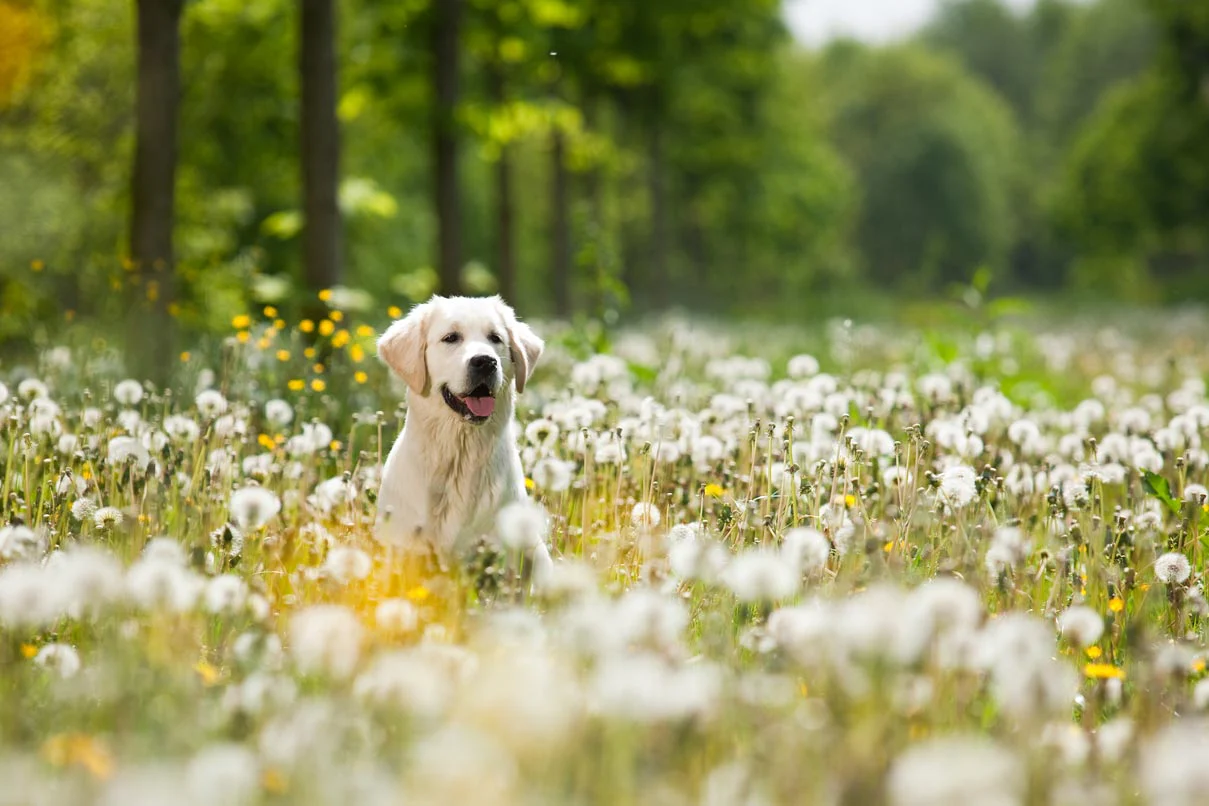
Recommended Books About Labrador Retrievers
Learning more about Labrador Retrievers through books can help you better understand their behavior, needs, and care requirements. Here are some highly recommended reads:
- “The Complete Guide to Labrador Retrievers” by Lorie Long
This comprehensive guide covers everything from choosing a Labrador Retriever to training, health care, and dealing with common challenges.
- “Your Labrador Retriever Puppy Month by Month” by Terry Albert, Debra Eldredge & Don and Barbara Heighway
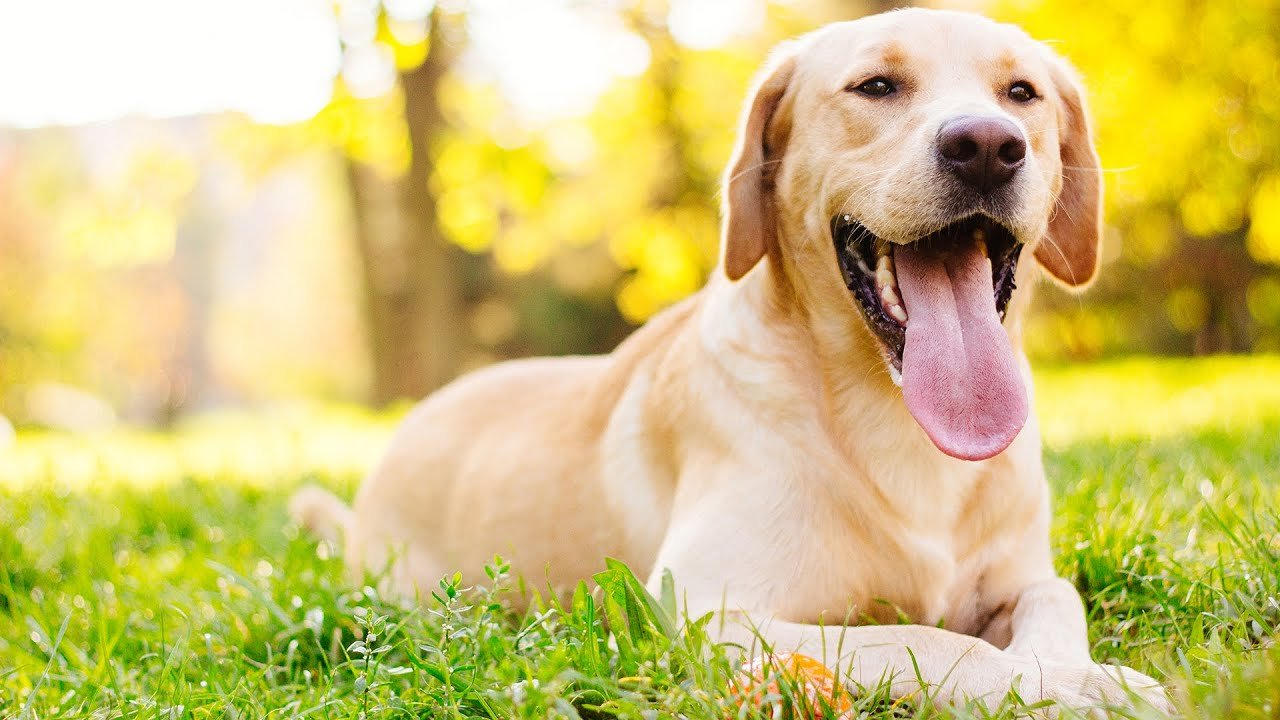
A perfect resource for new puppy owners, this book provides month-by-month guidance to help you raise a happy, healthy Labrador.
- “The Labrador Handbook” by Pippa Mattinson
Written by a renowned dog expert, this handbook dives into the breed’s history, personality, training tips, and practical advice for Labrador owners.
- “Training the Best Dog Ever” by Larry Kay and Dawn Sylvia-Stasiewicz

While not specific to Labradors, this book is an excellent resource for positive reinforcement training techniques, perfect for this intelligent breed.
- “101 Dog Tricks” by Kyra Sundance
Labradors are highly trained, and this book is packed with fun tricks to engage their active minds.
Reading dedicated books on Labrador Retrievers can deepen your understanding and bond with your furry friend, ensuring a fulfilling and loving partnership.
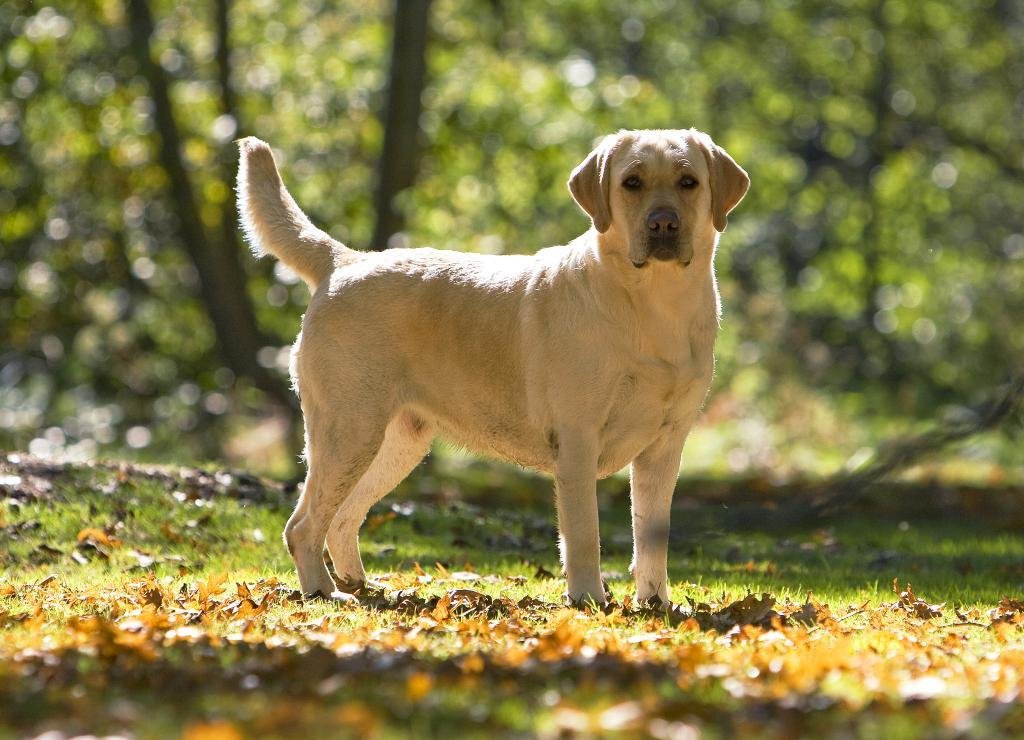
Latest Research on Labrador Retrievers
Ongoing research continues to uncover new insights into the health, genetics, and behavior of Labrador Retrievers, helping owners and veterinarians better care for this beloved breed. Here are some recent findings:
1. Genetics and Lifespan
Research has identified specific genetic markers linked to common Labrador health conditions, such as hip dysplasia and obesity. Understanding these markers allows breeders and veterinarians to promote healthier breeding practices and early detection of potential issues. A significant breakthrough in lifespan studies shows that maintaining a healthy weight can extend a Labrador’s life by up to two years.

Read more on genetic research and Labrador health from the University of Cambridge.
2. Behavior and Social Skills
Recent studies highlight Labradors’ exceptional social intelligence and adaptability, making them one of the most trainable breeds. Animal behaviorists research indicates a unique genetic predisposition in labs to seek human attention and establish strong bonds with their families.
Explore more on Labrador behavior from Psychology Today
3. Nutrition and Obesity Risks
Obesity remains a prevalent issue in Labradors due to their strong appetite and feeding behaviors. New research emphasizes the role of portion control, protein-rich diets, and consistent exercise in reducing obesity risks. Genetic predispositions to weight gain are also actively studied.
Find the latest research on Labrador nutrition from Purina Institute

4. Joint Health and Mobility
Studies have advanced understanding of joint health and age-related conditions like arthritis in Labradors. Innovative treatments, including hydrotherapy and dietary supplements like glucosamine, significantly improve mobility and quality of life in aging Labs.
Detailed study on joint health in Labradors from American Veterinary Medical Association
5. Working Dogs and Service Roles
Labradors are frequently chosen for service and working roles due to their intelligence, temperament, and trainability. Research into their suitability and performance in roles such as guide dogs, therapy dogs, and search-and-rescue canines continues to enhance training methodologies and improve outcomes for both dogs and handlers.

Learn about the latest working dog research from Assistance Dogs International
By staying updated on these research developments, Labrador Retriever owners and enthusiasts can ensure their dogs lead healthier, happier, and more fulfilling lives. Always consult a veterinarian for tailored advice regarding your Labrador’s specific needs.
Frequently Asked Questions (FAQs)
1. Are Labrador Retrievers good with children?
Yes, Labrador Retrievers are known for their gentle, patient, and friendly nature, making them excellent companions for families with children. However, as with any breed, supervision is recommended when young children interact with dogs to ensure the safety of both.
2. How much exercise does a Labrador Retriever need?
Labradors are an active breed that requires at least 1-2 hours of exercise daily. Activities such as walks, runs, swimming, and playtime help keep them physically and mentally stimulated. Insufficient exercise can lead to boredom and destructive behaviors.

3. Do Labradors require special grooming?
Labradors have a double coat that requires regular brushing, especially during shedding seasons in spring and fall. Their coats are water-resistant, so frequent baths aren’t necessary unless they are particularly dirty. Regular nail trimming, ear cleaning, and dental care are also essential.
4. What kind of diet is best for a Labrador Retriever?
A balanced, high-quality dog food tailored to their size, age, and activity level is ideal for Labradors. Portion control is crucial, since Labradors tend to overeat, which can lead to obesity. Consult your veterinarian for dietary recommendations specific to your dog.
5. How do I train a Labrador Retriever?
Labradors are intelligent and eager to please, making them highly trainable. Positive reinforcement methods work best for this breed. Consistency, patience, and early training in basic commands and socialization will ensure their good behavior.
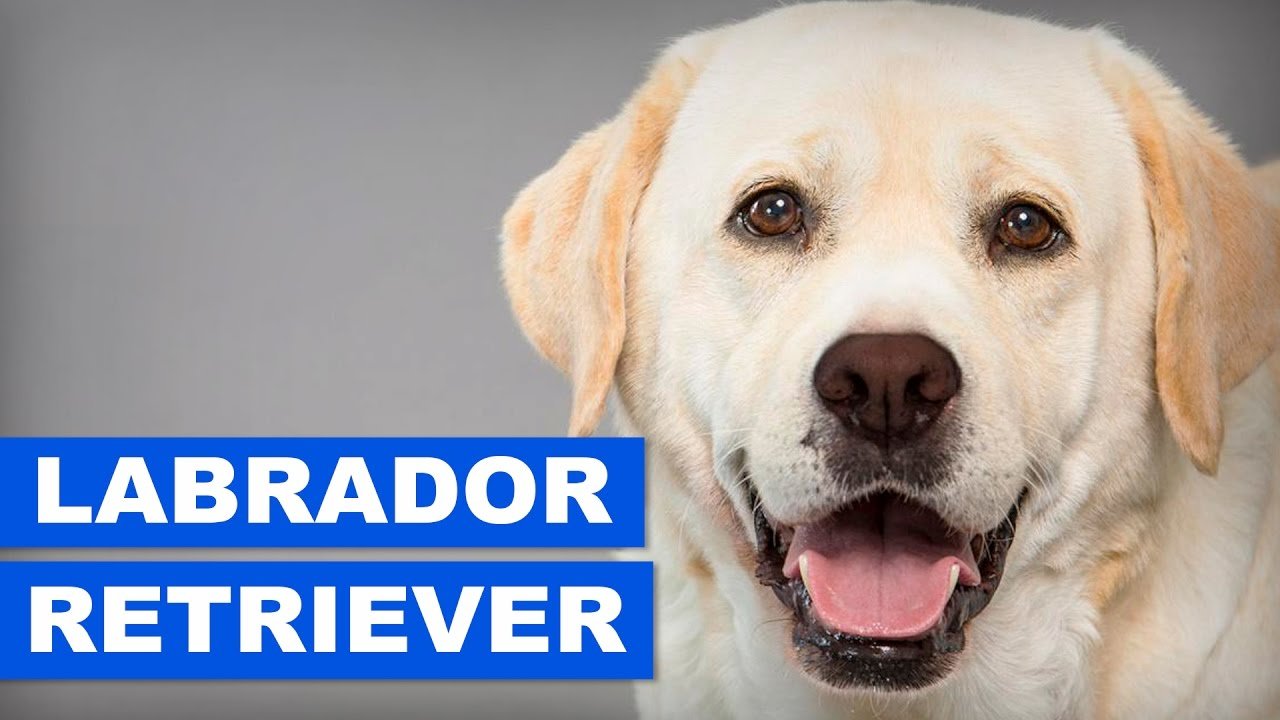
6. Are Labradors prone to any health issues?
Labradors can be predisposed to certain health problems, such as hip and elbow dysplasia, obesity, joint issues, and eye conditions. Regular veterinary check-ups, along with a healthy lifestyle, can help reduce the risk of these issues and ensure early detection.
7. Do Labradors get along with other pets?
Labradors are typically sociable and can coexist well with other pets if properly introduced and socialized. Early exposure to different animals can help foster positive relationships.
8. How long do Labrador Retrievers live?
The average lifespan of a Labrador Retriever is 10 to 12 years. Maintaining a healthy weight, providing proper care, and regular vet visits can help maximize their lifespan and quality of life.

9. Are Labradors good for first-time dog owners?
Labradors are an excellent choice for first-time dog owners due to their friendly and adaptable nature. However, potential owners should be prepared to dedicate time to their training, exercise, and care.
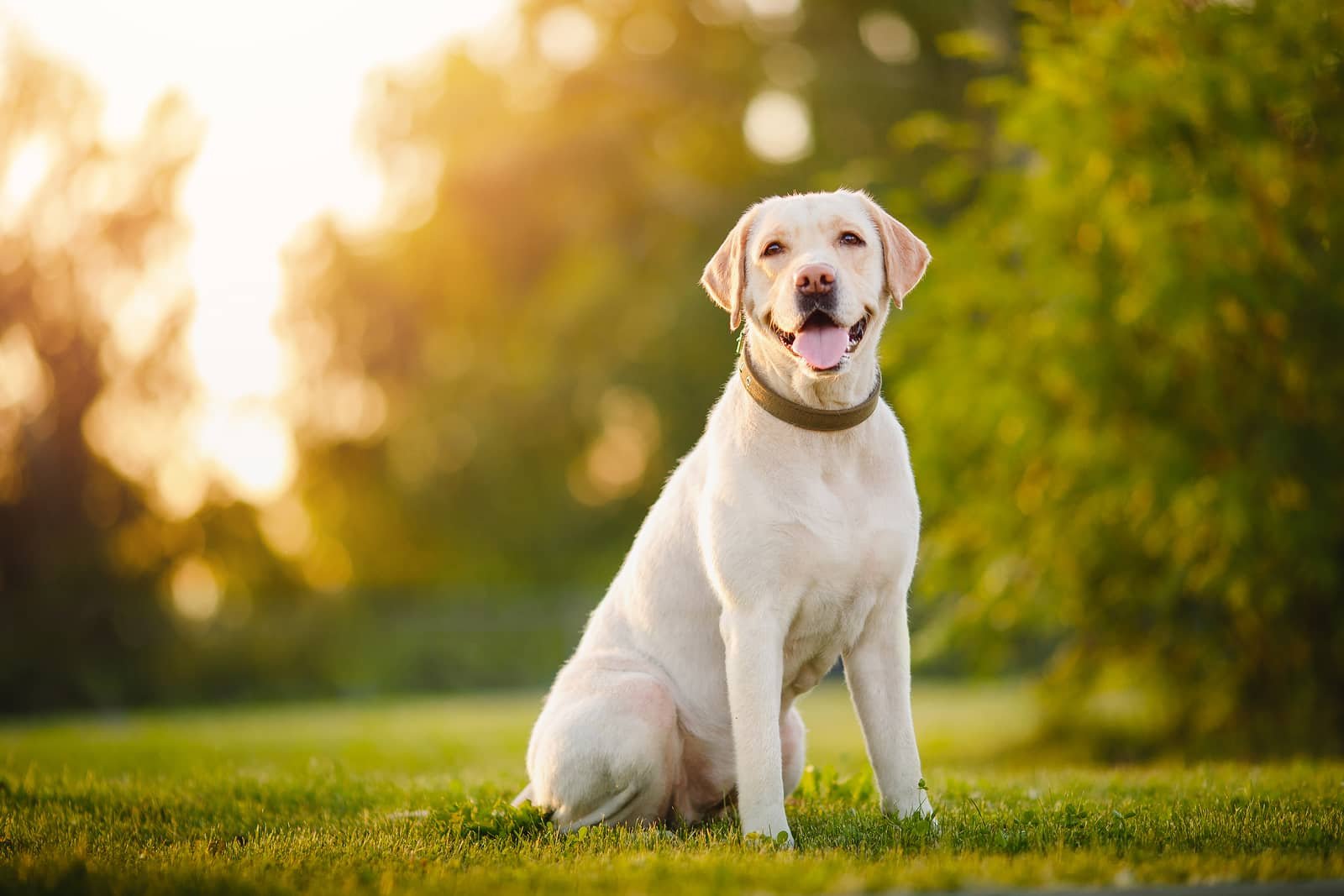
10. Why do Labradors shed so much?
Labradors shed heavily due to their double coat, which helps regulate their body temperature. They shed year-round, with especially heavy shedding in spring and fall. Regular brushing can manage shedding and keep their coat healthy.
If you’re considering getting a Labrador Retriever or already own one, these FAQs address common questions and concerns, helping you provide the best care for your beloved companion. Always consult with a veterinarian for personalized advice tailored to your dog’s needs.


Large Breeds
The Dangerous Effects of Loneliness: on Your Dog’s Heart Health
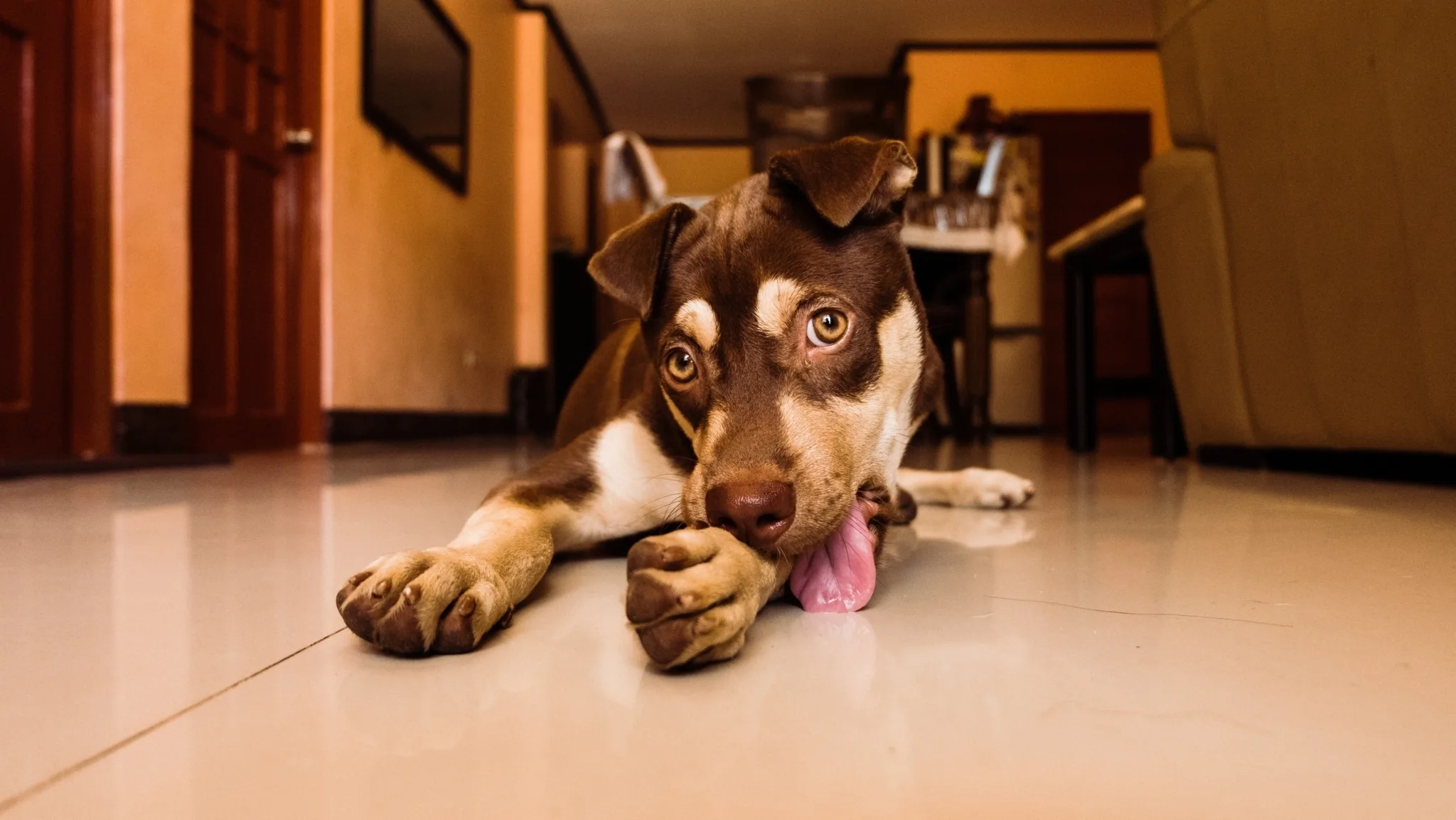
Introduction

The Dangerous Effects of Loneliness: Dogs are social animals that thrive on companionship and interaction. However, in today’s fast-paced world, many dogs spend long hours alone, leading to a hidden health crisis—loneliness and its impact on heart health. Understanding these risks and taking proactive measures can protect your furry friend from developing serious cardiovascular issues.
For more information regarding 4 seasonal cxcercieses of all dog breeds recommended by the doctors and experts,you can visit our youtube channel:
How Loneliness Affects a Dog’s Heart

Loneliness is more than just an emotional state; it has physiological consequences that can harm a dog’s heart over time.
1. Increased Stress and Anxiety
When a dog is left alone for extended periods, it experiences heightened levels of cortisol (the stress hormone). Chronic stress contributes to high blood pressure, which puts strain on the heart, increasing the risk of heart disease.
2. Irregular Heart Rate
Dogs experiencing prolonged loneliness often show signs of an irregular heartbeat (arrhythmia). This condition occurs when the heart struggles to maintain a normal rhythm due to prolonged stress and anxiety.
3. Obesity and Poor Cardiovascular Health
Lonely dogs are less active, which can lead to weight gain and obesity. Excess weight places additional strain on the heart, increasing the likelihood of cardiovascular diseases such as hypertension and congestive heart failure.
4. Weakened Immune System
Chronic loneliness weakens the immune system, making dogs more prone to infections. A compromised immune system can indirectly contribute to inflammation in the arteries, which negatively affects heart health.
Which Dogs Are Most at Risk?

Some dogs are more susceptible to the negative effects of loneliness than others.
| Dog Category | Risk Level |
|---|---|
| Puppies | 85% – Highly vulnerable due to early emotional development |
| Adult Dogs | 60% – Moderate risk, depending on breed and temperament |
| Senior Dogs | 75% – Increased risk due to aging and weakened cardiovascular system |
Certain breeds that require constant social interaction, such as Golden Retrievers, Labrador Retrievers, and German Shepherds, are more prone to loneliness-related heart issues.
Signs That Your Dog is Suffering from Loneliness

Detecting loneliness early can help prevent serious health problems. Common signs include:
- Excessive barking or howling when left alone
- Pacing or restlessness
- Destructive behavior (chewing furniture, scratching doors)
- Loss of appetite
- Lethargy or disinterest in playtime
- Clinginess when you are home
If your dog exhibits these behaviors, it’s essential to take action before heart-related complications develop.
How to Prevent Loneliness and Protect Your Dog’s Heart

Ensuring your dog feels secure and engaged can significantly reduce loneliness-related health risks. Here’s how:
1. Increase Social Interaction
- Spend at least 30-60 minutes a day engaging with your dog through play and training.
- Arrange playdates with other friendly dogs to keep them socially active.
- Take your dog to dog parks where they can interact with other pets and people.
2. Provide Mental Stimulation
- Use interactive puzzle toys to keep your dog mentally engaged while alone.
- Rotate their toys regularly to maintain interest.
- Play calming music or use pet-friendly TV programs to create a soothing atmosphere.
3. Establish a Routine

- Dogs thrive on consistency. A set feeding, walking, and play schedule reduces anxiety.
- Leave a piece of clothing with your scent to comfort your dog when you’re away.
4. Consider a Companion Pet
- If feasible, adopting a second pet can provide companionship for a lonely dog.
- Ensure both pets have compatible temperaments before introducing them.
5. Hire a Dog Walker or Pet Sitter
- If you work long hours, hiring a professional dog walker can provide essential midday exercise and interaction.
- A pet sitter or dog daycare service is a great alternative for dogs that struggle with isolation.
FAQs

1. How long can a dog safely be left alone?
Most adult dogs can handle 4-6 hours alone, while puppies and senior dogs should not be left alone for more than 2-3 hours at a time.
2. Can loneliness shorten a dog’s lifespan?
Yes. Studies suggest that dogs suffering from chronic loneliness and stress may have a 10-15% shorter lifespan due to heart complications and weakened immunity.
3. Are certain dog breeds more prone to loneliness-related heart issues?
Yes. Social and working breeds such as Labrador Retrievers, German Shepherds, and Border Collies are more susceptible to stress and loneliness.
Can Anxiety Supplements Help Prevent Loneliness-Related Health Issues?

| Dog Age Group | Recommended Supplement | Benefits | Vet Recommendation |
|---|---|---|---|
| Puppies | Colostrum-Based Supplements | Strengthens the immune system and promotes relaxation | Dr. Sarah Bennett, DVM (Puppy Wellness Specialist) |
| Adult Dogs | Omega-3 &
|
Reduces stress, supports heart health | Dr. James Carter, DVM (Canine Cardiology Expert) |
| Senior Dogs | Probiotics
|
Eases anxiety, supports digestion, improves heart function | Dr. Emily Ross, DVM (Senior Dog Care Specialist) |
These expert-recommended supplements help combat stress-induced heart issues caused by loneliness. Always consult your vet before introducing new supplements to your dog’s routine.
Would you like any further refinements? 😊
Yes. Vet-approved calming supplements like L-theanine, valerian root, and chamomile can help reduce anxiety in dogs that experience separation stress.
5. What is the best way to monitor my dog’s heart health?
Regular vet check-ups, heart rate monitoring devices, and observing behavior changes can help track your dog’s cardiovascular health.
Closing Statement
Loneliness is not just an emotional problem for dogs—it is a serious health concern that can lead to life-threatening heart conditions. By understanding the risks and taking proactive steps, you can ensure your dog remains happy, healthy, and full of life.
Stay informed with DogsReader for more expert insights into your dog’s well-being! 🐶❤️
Large Breeds
The Silent Killer: How Indoor Air Quality Affects Your Dog’s Health
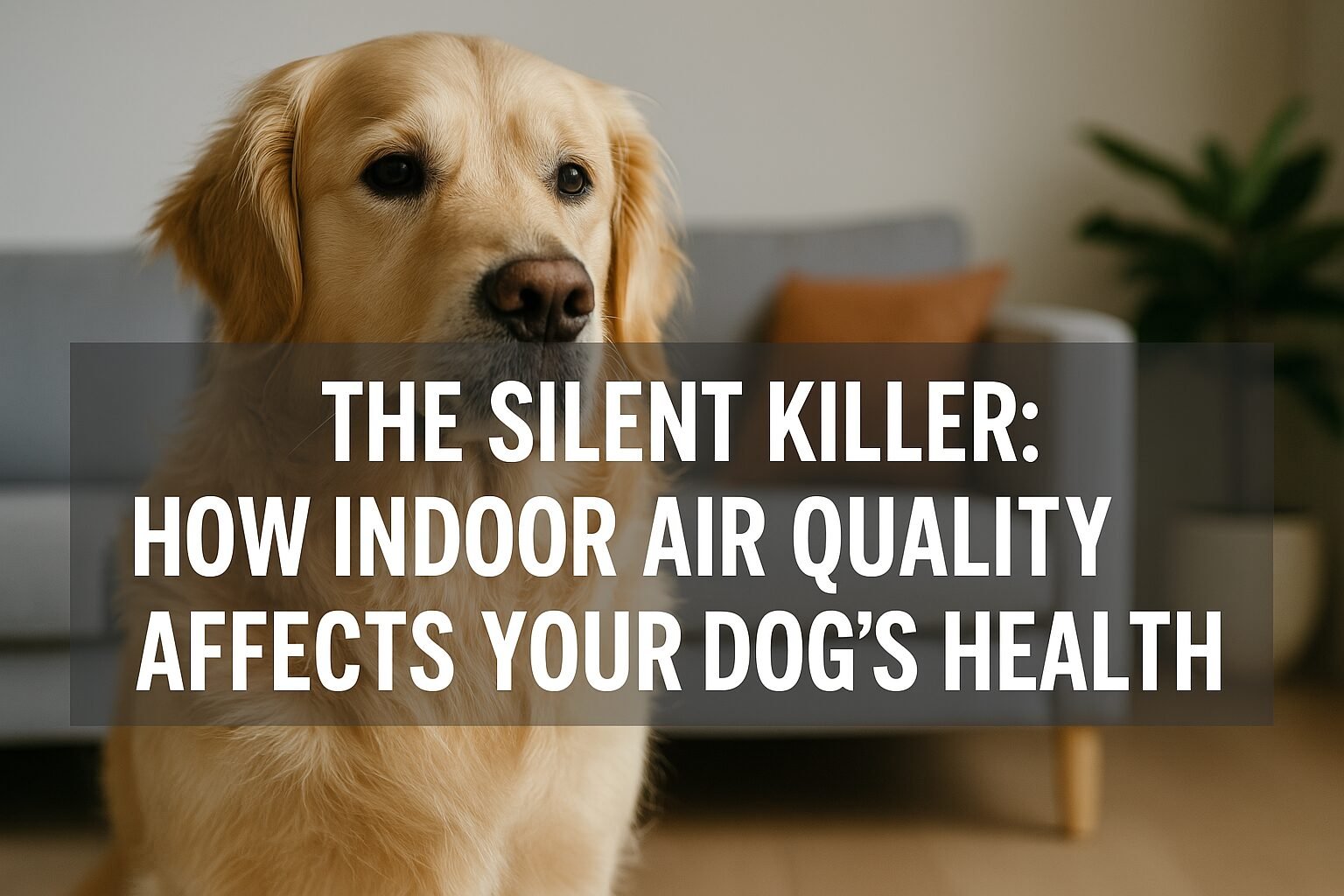
Understand The Topic
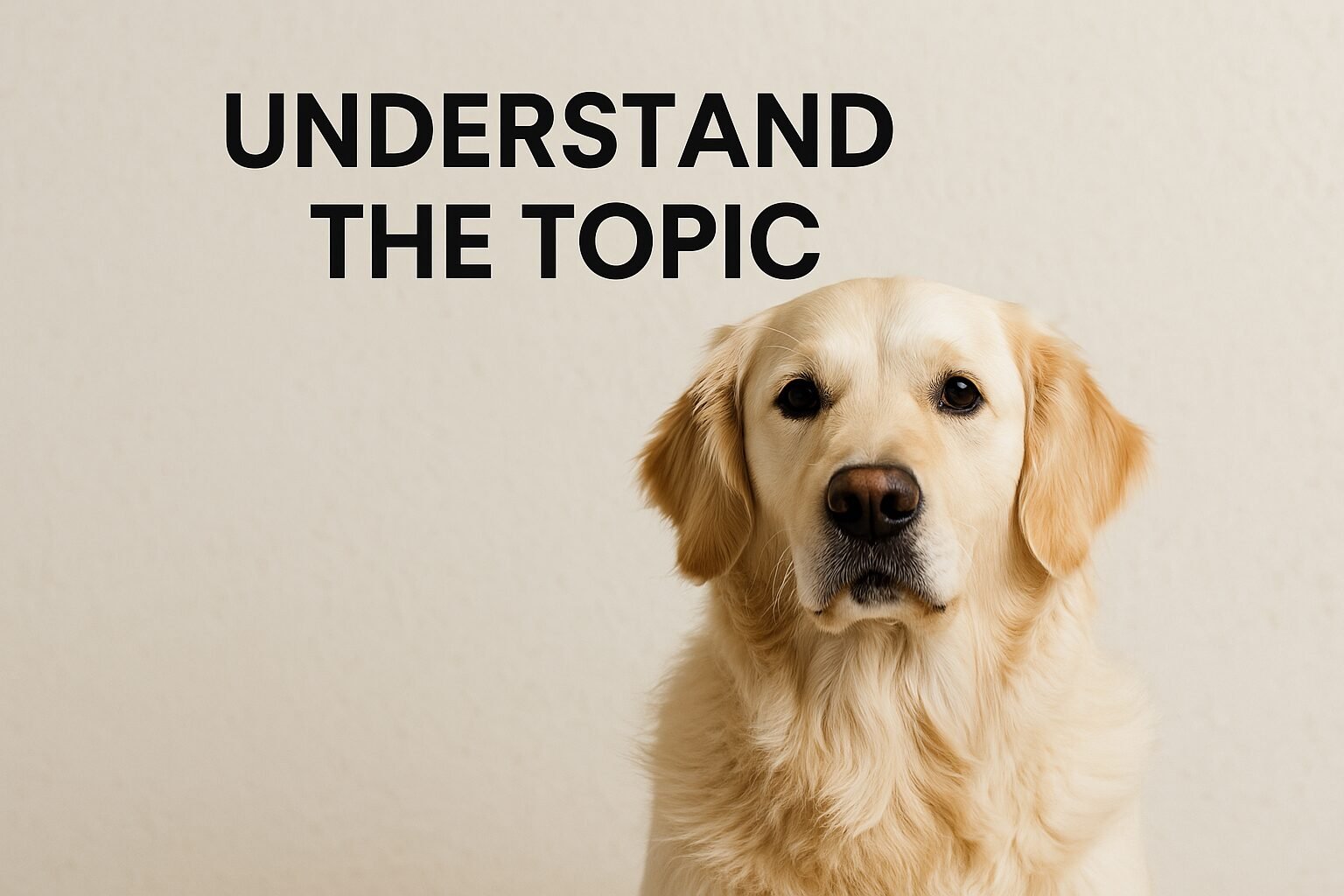
The Silent Killer: Many dog owners are unaware of the hidden dangers lurking in their homes—indoor air pollution. The quality of air inside your house can have a severe impact on your dog’s health, leading to respiratory issues, allergies, and even long-term diseases. Understanding these risks and taking preventive measures can ensure your furry companion lives a healthy life.
For more information regarding 4 seasonal cxcercieses of all dog breeds recommended by the doctors and experts,you can visit our youtube channel:
How Poor Indoor Air Quality Affects Dogs

Even though we may not notice, harmful pollutants in the air can directly impact a dog’s respiratory system, skin, and overall well-being.
1. Respiratory Issues
Polluted indoor air can cause breathing difficulties, coughing, and chronic respiratory diseases in dogs.
2. Allergies and Skin Problems
Dust, mold, and pet dander can trigger allergies, leading to excessive scratching, redness, and irritation.
3. Increased Risk of Cancer
Long-term exposure to airborne toxins like tobacco smoke and chemical fumes may increase the risk of cancer in dogs.
4. Weakened Immune System
Toxins in the air can weaken your dog’s immune system, making them more susceptible to infections and illnesses.
How Air Quality Affects Different Dog Sizes

The impact of indoor air pollution varies depending on a dog’s size, age, and breed.
1. Puppies (80% More Susceptible)
Young dogs have underdeveloped immune systems, making them highly vulnerable to airborne pollutants.
2. Adult Dogs (50% Susceptible)
While stronger than puppies, adult dogs can still develop respiratory and allergic reactions over time.
3. Senior Dogs (70% Susceptible)
Older dogs have weaker lungs and immune systems, making them more prone to illnesses caused by poor air quality.
Indoor Air Pollutants That Harm Dogs

Identifying and eliminating harmful pollutants can significantly improve your dog’s health.
1. Tobacco Smoke
Second-hand smoke increases the risk of respiratory infections, allergies, and even cancer in dogs.
2. Household Cleaners
Many cleaning products release toxic fumes that dogs inhale, leading to respiratory distress.
3. Mold and Mildew
Fungal spores in damp areas can cause lung infections and allergic reactions in dogs.
4. Poor Ventilation
Stale air allows pollutants to accumulate, making it harder for dogs to breathe clean oxygen.
Solutions for Urban Dog Owners

Living in an urban environment presents unique challenges, but there are effective ways to improve indoor air quality.
1. Invest in Air Purifiers
HEPA filters help remove pet dander, allergens, and airborne toxins from your home.
2. Regular Ventilation
Opening windows for at least 10 minutes daily allows fresh air circulation, reducing indoor pollution.
3. Use Natural Cleaning Products
Avoid harsh chemicals and opt for pet-safe, eco-friendly cleaning solutions.
4. Keep Your Home Dust-Free

Regular vacuuming and dusting prevent allergens from accumulating in your living space.
5. No Smoking Indoors
Keeping smoke away from pets eliminates one of the most harmful indoor air pollutants.
Top Supplements for Strengthening Your Dog’s Immune System

| Dog Life Stage | Recommended Supplement | Top Brands |
|---|---|---|
| Puppies | Omega-3,
|
Zesty Paws, Nordic Naturals, Nutri-Vet |
| Adult Dogs | Multivitamins,
|
VetriScience, NaturVet, PetHonesty |
| Senior Dogs | Glucosamine,
|
Cosequin, Purina Pro Plan, Zesty Paws |
How to Use Supplements – DogsReader Expert Advice
| Dog Life Stage | Recommended Supplement | Dosage & Usage | Vet Recommendation |
|---|---|---|---|
| Puppies | Omega-3, Colostrum, Probiotics | Given daily with meals, follow weight-based dosing. | Dr. Emily Carter, DVM (Pet Wellness Clinic) recommends starting with a low dose and using liquid Omega-3 for easier digestion. |
| Adult Dogs | Multivitamins, Antioxidants, Echinacea | Administer daily or as needed, based on activity level. | Dr. Robert Hayes, DVM (Healthy Paws Vet Center) suggests using vet-approved supplements and monitoring for allergic reactions. |
| Senior Dogs | Glucosamine, Turmeric, Immune Boosters | Given daily, often mixed with food for better absorption. | Dr. Lisa Monroe, DVM (Senior Pet Care Clinic) advises combining with a balanced diet and regular vet check-ups for maximum benefits. |
Closing Statement
Your dog’s health is directly affected by the air they breathe. By making simple adjustments in your home, you can prevent serious health issues and provide your pet with a safer, cleaner environment. Take action today and ensure your furry friend thrives in a healthy indoor space!
Stay informed with DogsReader for more expert insights into your dog’s well-being! 🐶✨
FAQs
1. How do I know if my indoor air quality is bad for my dog?
If your dog is frequently sneezing, coughing, scratching, or showing signs of breathing difficulties, your indoor air quality may be poor. Other signs include excessive eye watering and skin irritation.
2. Can air purifiers really help my dog?
Yes! Air purifiers with HEPA filters effectively remove allergens, dust, and toxins from the air, making it safer for your dog to breathe.
3. Are scented candles or air fresheners harmful to dogs?
Many scented candles and air fresheners contain chemicals that can irritate a dog’s respiratory system. Opt for natural essential oil diffusers instead, but ensure the oils used are pet-safe.
4. How often should I clean my home to maintain good air quality for my dog?
Vacuuming and dusting at least twice a week, along with regular ventilation, can significantly improve indoor air quality. Washing your dog’s bedding and toys frequently also helps reduce allergens.
5. What is the best way to improve air quality in a small apartment with a dog?
Using an air purifier, ensuring proper ventilation, and keeping the apartment clean from dust and pet dander are the best ways to improve air quality. Regularly changing HVAC filters is also important.
6. Can poor air quality affect my dog’s mood?
Yes, poor air quality can lead to lethargy, irritability, and even increased anxiety in dogs due to difficulty breathing or discomfort.
7. What indoor plants can help improve air quality for my dog?
Pet-safe plants like spider plants, areca palms, and bamboo palms can naturally filter indoor air and improve oxygen levels.
8. Should I be concerned about cooking fumes affecting my dog?
Yes, cooking fumes, especially from burnt food or oil, can release harmful particles into the air. Using a range hood or opening windows while cooking helps reduce exposure.
9. How can I test my home’s air quality?
You can use an indoor air quality monitor to measure pollutant levels, humidity, and ventilation effectiveness. These devices help identify problem areas in your home.
10. What immediate steps can I take to protect my dog from indoor air pollution?
Stop smoking indoors, switch to pet-safe cleaning products, improve ventilation, and use an air purifier to quickly reduce indoor pollutants.
Large Breeds
Dog Grooming Mistakes: and How to Avoid Them
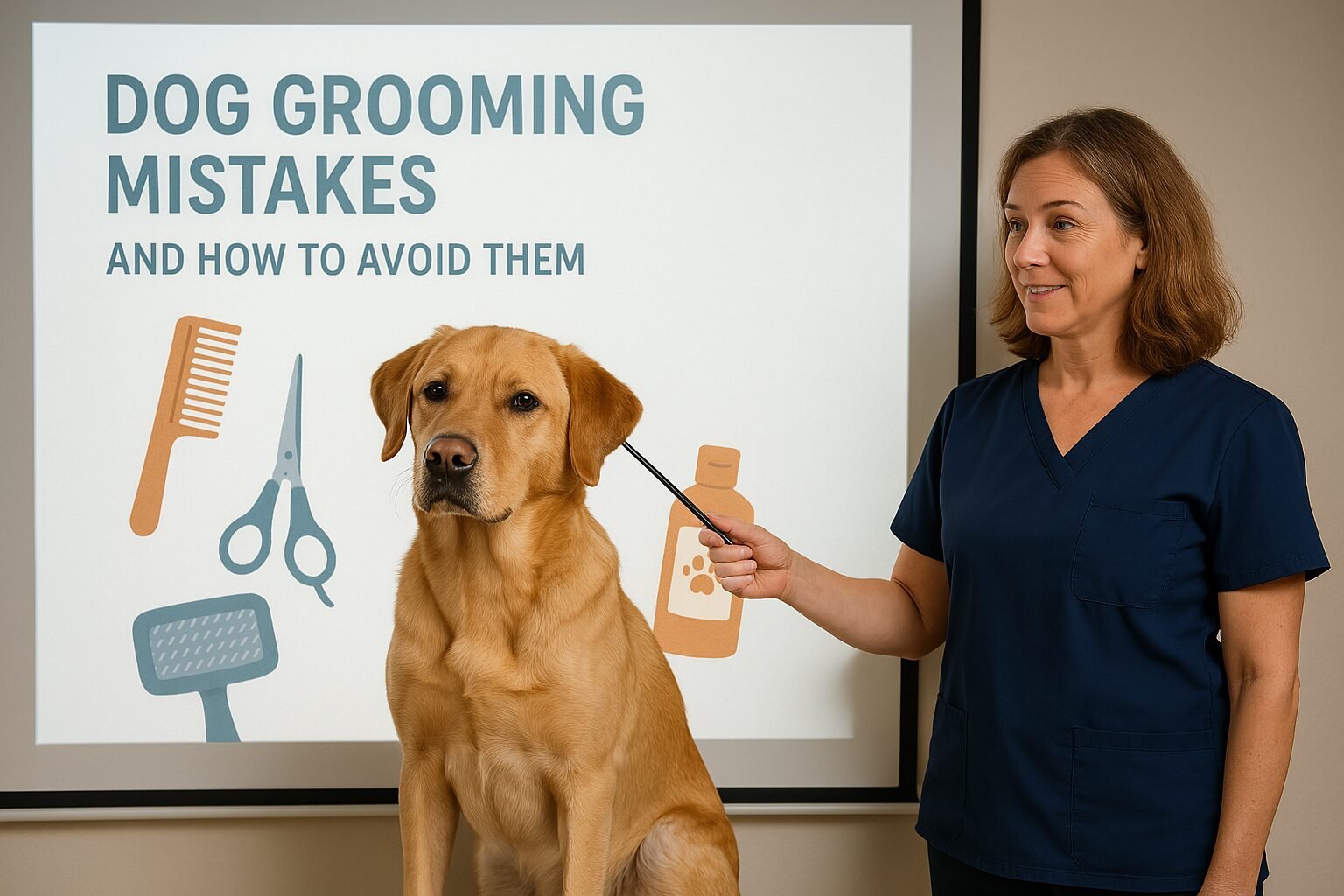
10 Common Mistakes
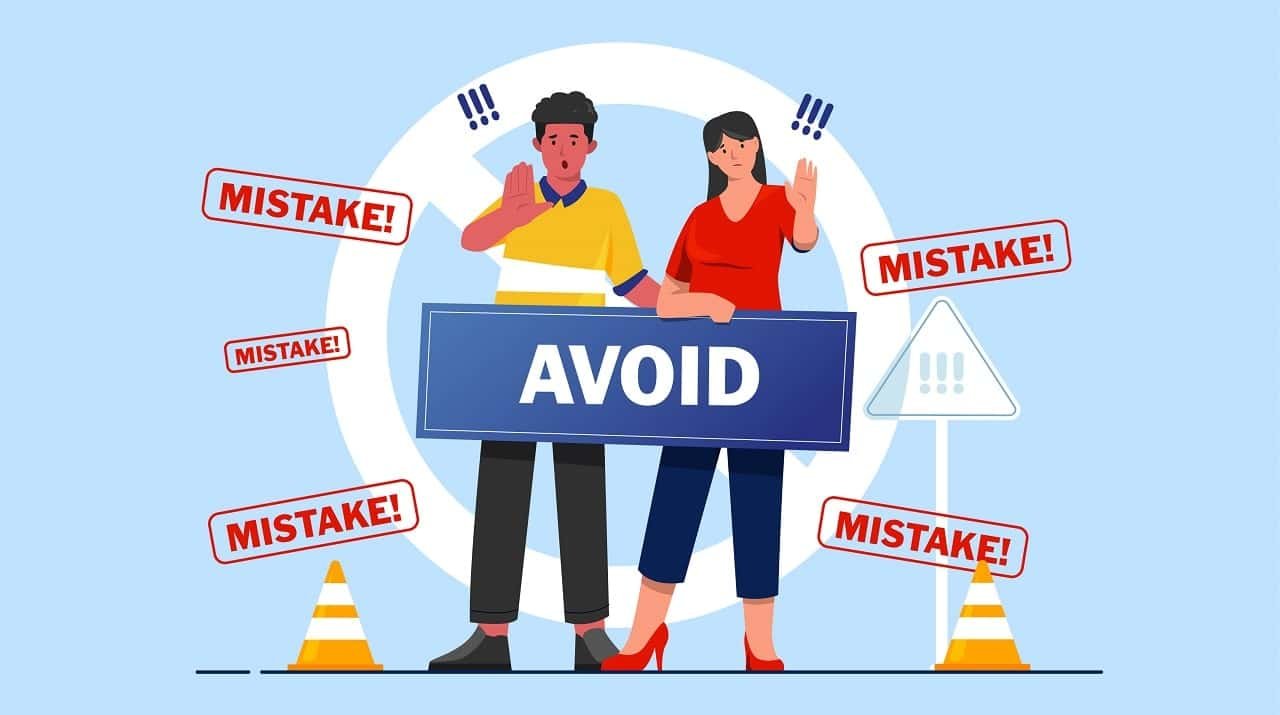
Dog Grooming Mistakes: Grooming is an essential part of dog care, ensuring their health, hygiene, and overall well-being. However, many dog owners unknowingly make mistakes that can lead to discomfort, infections, or even long-term health issues. In this guide, we’ll highlight 10 common dog grooming mistakes and provide expert tips to help you groom your pup like a pro!
For more information regarding 4 seasonal cxcercieses of all dog breeds recommended by the doctors and experts,you can visit our youtube channel:
1. Skipping Regular Brushing

Mistake: Many owners assume that brushing is only necessary for long-haired breeds, but all dogs benefit from regular brushing. Skipping it can lead to matting, excessive shedding, and skin issues.
How to Avoid: Brush your dog at least twice a week (daily for long-haired breeds). Use breed-appropriate brushes, such as a slicker brush for thick coats and a rubber brush for short-haired dogs.
Pros & Cons of Brushing
| Pros | Cons |
|---|---|
| Prevents matting and shedding | Requires time and consistency |
| Improves circulation and skin health | Some dogs may resist brushing initially |
| Strengthens bond with your dog | Needs the right tools for different coat types |
2. Bathing Too Frequently or Not Enough
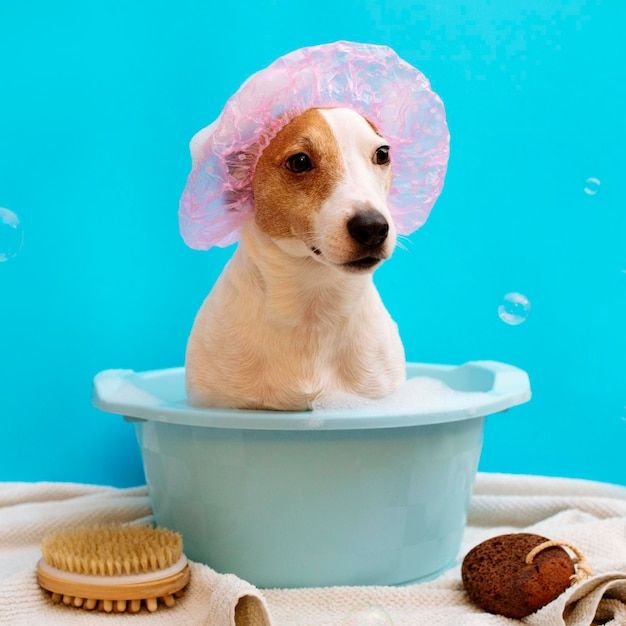
Mistake: Overbathing can strip essential oils from your dog’s coat, leading to dry, itchy skin, while infrequent bathing can cause odor and skin infections.
How to Avoid: Follow a breed-specific bathing schedule—typically once every 4–6 weeks. Use dog-safe, pH-balanced shampoos to maintain a healthy coat.
Pros & Cons of Bathing
| Pros | Cons |
| Removes dirt and odors | Overbathing can cause dry skin |
| Keeps skin healthy and hydrated | Some dogs dislike water and bathing |
| Prevents skin infections | Requires proper drying to prevent fungus growth |
3. Ignoring Ear Cleaning
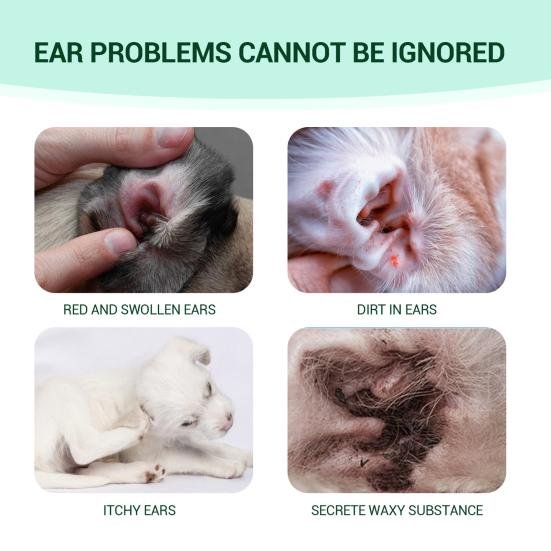
Mistake: Neglecting ear care can result in infections, especially in floppy-eared breeds like Cocker Spaniels and Basset Hounds.
How to Avoid: Clean your dog’s ears once a week with a vet-approved ear cleaner. Avoid using cotton swabs inside the ear canal, as they can push debris deeper.
Pros & Cons of Ear Cleaning
| Pros | Cons |
| Prevents infections and wax buildup | Some dogs dislike ear handling |
| Reduces bad odors | Requires the right cleaning solution |
| Helps detect ear mites early | Overcleaning can irritate the ears |
4. Cutting Nails Too Short or Ignoring Them

Pros & Cons of Nail Trimming
| Pros | Cons |
| Prevents joint problems and discomfort | Risk of cutting too short and causing bleeding |
| Reduces scratches on furniture and floors | Some dogs resist nail trimming |
| Improves walking posture | Requires proper technique and tools |
Mistake: Long nails can cause discomfort, affect walking posture, and lead to joint issues. Cutting too short can lead to painful bleeding.
How to Avoid: Trim nails every 2–4 weeks, using a dog nail clipper or grinder. If you’re unsure, visit a groomer or vet for guidance.
5. Using Human Shampoo on Dogs

Mistake: Human shampoos contain harsh chemicals that can disrupt a dog’s skin pH balance, leading to irritation.
How to Avoid: Always use a vet-recommended dog shampoo to maintain coat health and avoid allergies.
6. Shaving Double-Coated Breeds
Mistake: Many owners shave dogs like Huskies or Golden Retrievers in summer, thinking it helps them cool down. In reality, this damages their natural coat, leading to overheating and sunburn.
How to Avoid: Instead of shaving, opt for regular deshedding sessions with an undercoat rake to keep their coat breathable.
7. Using the Wrong Grooming Tools

Mistake: Using the wrong brushes, clippers, or combs can make grooming ineffective and uncomfortable for your dog.
How to Avoid: Invest in high-quality grooming tools suited for your dog’s coat type. Consult a professional groomer for recommendations.
Essential Grooming Tools for Your Dog
How to Use Grooming Tools – Expert Guide by DogsReader

| Tool Type | Best Usage Guide |
| Slicker Brush | Brush in the direction of hair growth, using gentle strokes to detangle without pulling. |
| Rubber Brush | Use in circular motions to loosen dirt and hair, great for short-haired breeds. |
| Undercoat Rake | Use with light pressure on double-coated breeds to remove loose undercoat without damaging the topcoat. |
| Nail Clippers/Grinder | Clip small sections at a time, avoiding the quick; grinders help smooth rough edges. |
| Dog-Safe Shampoo | Wet coat thoroughly, lather with a small amount, and rinse completely to prevent residue buildup. |
| Vet-Approved Ear Cleaner | Apply cleaner to a cotton pad and gently wipe the ear flap and outer canal, avoiding deep insertion. |
8. Not Checking for Parasites
Mistake: Fleas, ticks, and mites often go unnoticed, leading to infestations and skin infections.
How to Avoid: Regularly check your dog’s ears, belly, and between the paws for signs of parasites. Use vet-approved flea & tick preventatives year-round.
9. Ignoring Dental Hygiene
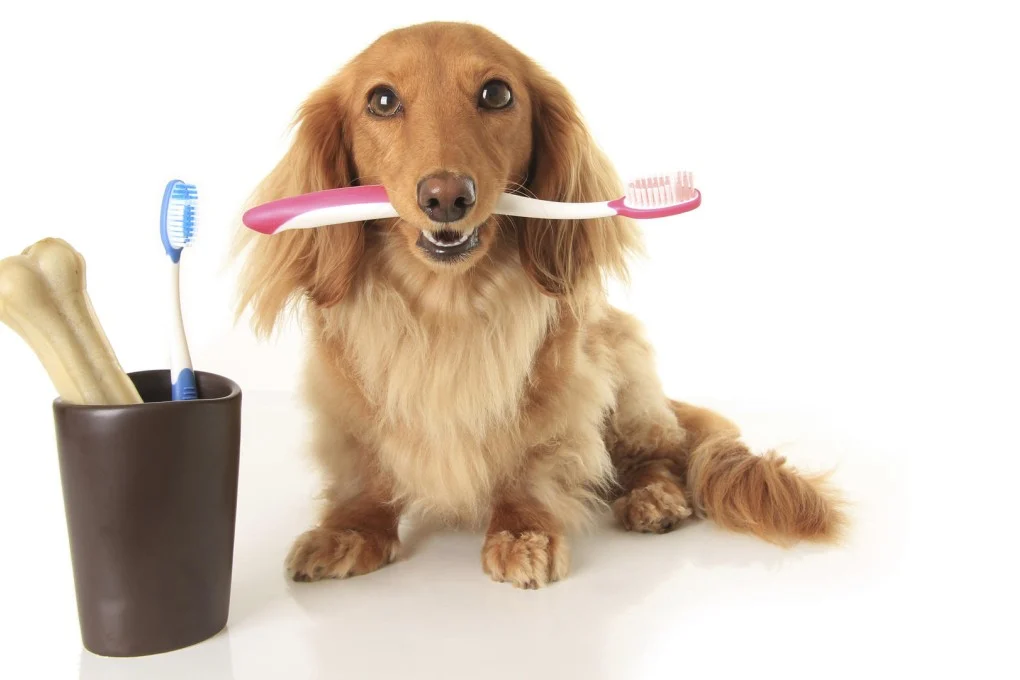
Mistake: Many owners overlook dental care, leading to tartar buildup, gum disease, and bad breath.
How to Avoid: Brush your dog’s teeth at least 3 times a week using a (dog-safe toothbrush) – and – ( toothpaste. ) Dental chews and vet-approved oral rinses also help.
10. Rushing Through Grooming Sessions

Mistake: Grooming in a hurry can make your dog anxious and increase the risk of injury.
How to Avoid: Make grooming a positive experience by staying calm, using treats, and gradually introducing new tools and techniques.
Closing Statement
Avoiding these common grooming mistakes will ensure your dog stays healthy, comfortable, and happy. Grooming is not just about looksit’s about maintaining their well-being!
Frequently Asked Questions (FAQs)
1. How often should I groom my dog?
It depends on the breed and coat type. Most dogs need brushing twice a week, baths every 4–6 weeks, and nail trims every 2–4 weeks.
2. Can I use human shampoo on my dog?
No. Human shampoos can disrupt a dog’s skin pH balance. Always use a dog-specific, pH-balanced shampoo.
3. What is the best way to clean my dog’s ears?
Use a vet-approved ear cleaner and a cotton pad to gently wipe the outer ear. Avoid inserting anything deep into the ear canal.
4. How can I prevent my dog’s nails from getting too long?
Trim them regularly, about every 2–4 weeks, or use a grinder for smoother edges. Walking on rough surfaces can also help naturally wear them down.
5. What should I do if my dog hates grooming?
Make grooming a positive experience by using treats, taking it slow, and starting with short sessions. Gradually introduce grooming tools.
6. How do I know if my dog has a skin infection?
Signs include redness, itching, hair loss, bad odor, or excessive licking. If you notice any of these, consult your vet immediately.
-

 SMALL DOG BREEDS4 months ago
SMALL DOG BREEDS4 months agoMerle Chihuahua: A Comprehensive Guide
-

 SMALL DOG BREEDS4 months ago
SMALL DOG BREEDS4 months agoMaltese: A Beloved Companion
-

 Large Breeds4 months ago
Large Breeds4 months agoSamoyeds Hypoallergenic: Closer Look at the Breed
-

 SMALL DOG BREEDS4 months ago
SMALL DOG BREEDS4 months agoMerle Pomeranian: A Adorable Companion
-

 Large Breeds4 months ago
Large Breeds4 months agoStandard Poodle Weight: Country Wise
-

 SMALL DOG BREEDS4 months ago
SMALL DOG BREEDS4 months agoYorkshire Terrier: a Big Personality
-

 MEDIUM BREEDS4 months ago
MEDIUM BREEDS4 months agoAmerican Water Spaniel Colors Chocolate In Crcols:
-

 Terrier Breeds3 months ago
Terrier Breeds3 months agoDog Breeds: by Country & Category










